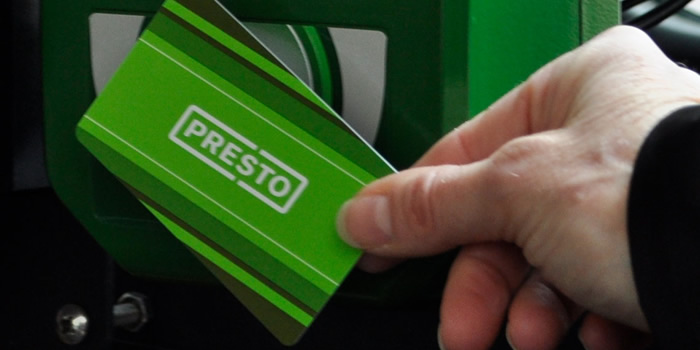
Photo via jreed (CC BY-SA 2.0)
It would be a major understatement to say that the last few months have been easygoing for the bullseye brand. Most recently in May 2014, the CEO of Target resigned under mounting pressure after a major security breach and losses of almost $1 billion for its Canadian expansion.
Late last year U.S. retailer Target made headlines when it revealed 40 million credit card and debit card accounts were compromised, marking the second largest credit card breach in U.S. history. Target revealed some Canadians shoppers may have had their personal information stolen as well. The breach may have been months ago, but cardholders are still discovering today they may have been the victim of credit card fraud.
Still Dealing with the Aftermath of the Target Data Breach
A recent news article highlights how Canadian consumers are still dealing with the aftermath of the Target data breach months later. A man from St. John’s, Newfoundland, was recently the victim of credit card fraud when his card was fraudulent used to make a purchase at a Target store in Quebec (a store he’d never been to before). He was informed by his credit card issuer, CIBC, after a fraudulent purchase was made on his CIBC Mastercard.
The man discovered over $5,000 worth of charges was racked up using his credit card in a single day. How did he find out about the massive fraud? He knew something was wrong when his credit was declined during a family vacation (which is why you should always carry a backup credit card). After phoning his credit card issuer, he was told the charges were due to a “security breach.”
When he discovered it was at Target of all places, he put two and two together and remembered lending his credit card to a family member to make a purchase at a local Target store a few days ago. Is this a case of credit card skimming or an all-new security breach at Target in Canada? Who knows – but one thing is certain, the cardholder’s credit card information was stolen.
Lessons Learned from Target’s Data Breach
If the Target data breach has taught us anything, it’s that cardholders need to take the necessary precautions to help prevent credit card fraud. Although credit card issuers take credit card fraud very serious, cardholders need to take an active role as well.
Regularly Review Your Credit Report: Canadians should take advantage of the fact that they’re entitled to one free credit report every 12 months from each of the credit rating agencies. You’ll have to make a written request to receive your credit report by mail. To avoid paying, you can request your credit report every six months, alternating between the two agencies, Equifax and TransUnion.
Credit Monitoring Services: If you’ve recently been the victim of credit fraud, you might consider credit monitoring services. Credit rating agencies, credit card issuers, and the big banks offer optional credit monitoring services to help protect consumers for a fee. Target actually offered free credit monitoring and identity theft protection to cardholders who may have been affected by last year’s data breach.
With credit monitoring services, you’ll be notified immediately if there is any suspicious activity on your credit report. Stolen credit card information can often lead to other fraudulent credit applications, so this can be a worthwhile service.
Use a Chip-and-PIN Credit Card: One of the recommendations from Target was for shoppers to use Chip-and-PIN credit cards. Chip-and-PIN credit card transactions are a lot more secure than traditional magnetic stripe transactions. When you make a purchase with your Chip-and-PIN credit card, a one-time code is created that moves between your card’s chip and the retailer’s point of sale terminal; the data is useless except to the parties involved. Skimming is nearly impossible with Chip-and-PIN credit cards.
Regularly Review Your Credit Card Statement: It’s a good idea to get in the habit of regularly reviewing your credit card statement. You should try to review your statement at least once a week. We know that may seem like overkill, but it’s a lot better than discovering a fraudulent charge from weeks ago that you could have reported a lot sooner.
Credit card issuers have made reviewing your statement quick and painless. Most issuers have a mobile app you can use to easily check your credit card balance while on the go. You may also be able to set up a message alert with your bank. Whenever your credit card is used to make a purchase, an email or text message is sent to you – talk about convenient!
The Bottom Line
Although most major credit cards offer zero liability protection, it’s still important for cardholders to do their part to avoid falling victim to credit card fraud. Each year credit card fraud costs issuers hundreds of millions of dollars, and the victims countless hours of recovery. If you don’t want to be the next victim, follow our advice to better protect yourself.




